HAWKSBILL TURTLES: ENJOY THEM WHILE YOU CAN
Pliny the Elder (CE 23–79) was one of the earliest naturalists, besides being a philosopher, author and military commander. He wrote Naturalis Historia (Natural History), a wide-ranging work that became a model for later scholarly works, including forms of Encyclopedia. And, as he so nearly wrote, ‘si non amas testudines, vacua anima tua est’ (he that loves not sea turtles, has an empty mind)*.
Hawksbill turtle grazing while a French angelfish looks on
There can be few better ways to start the New Year than with some gorgeous Hawksbill Turtles Eretmochelys imbricata, plus a sprinkling of turtle facts to give 2019 a good push into orbit. Fortunately still available in Bahamas waters, the continued existence of Hawksbills is under serious threat. Make the most of your opportunities.
- Guesstimates of the world Hawksbill Turtle population suggest that there are 5 main groups in the oceans, with few enough individuals – especially breeding females – to warrant an IUCN listing of the species as critically endangered
- I doubt that many will forget that the next IUCN category is… extinct (≠ ‘fun fact’)
- The largest Hawksbill colony in the world nests on an island in Queensland Australia
- Turtles leave the sea to lay eggs in a hole dug on the beach, before returning to the sea.
- The eggs hatch after c60 days… the turtlings emerge and are then on their own
- Hawksbills are omnivorous, mainly eating sponges (& immune from sponge toxins)
- They also eat sea anemones, mollusks, and jellyfish
- Their grazing lifestyle is an important component of a healthy coral reef ecosystem
- Though their shells are hard, Hawksbills are prey for sharks, crocodiles, octopuses and “the biggest predator of all, humans“.
- Despite international Hawkbill protection and conservation measures, they continue to be illegally hunted – including, in some places, for food.
- Their lovely shells – tortoiseshell – are illegally traded for use for ornaments and jewellery
- Japan makes its own rules (as with whales) for traditional & no doubt research purposes
- ‘Tortoiseshell’ is the illegal item most frequently confiscated by custom officials
- Reef and beach degradation, development, light pollution (confuses the baby turtles trying to paddle to the sea), ocean pollution / marine debris, and illegal practices are among the greatest dangers to the survival of the species. All are caused, directly or indirectly, by you and indeed me
Credits: wonderful photos by Melinda Riger / Grand Bahama Scuba (1, 2, 5) & Adam Rees / Scuba Works (3, 4, 6); Widecast; Nature Conservancy; OneKind Planet
* Do not believe this – I invented it. The pretentious quote that props up the other stuff, that is – all the rest is true…













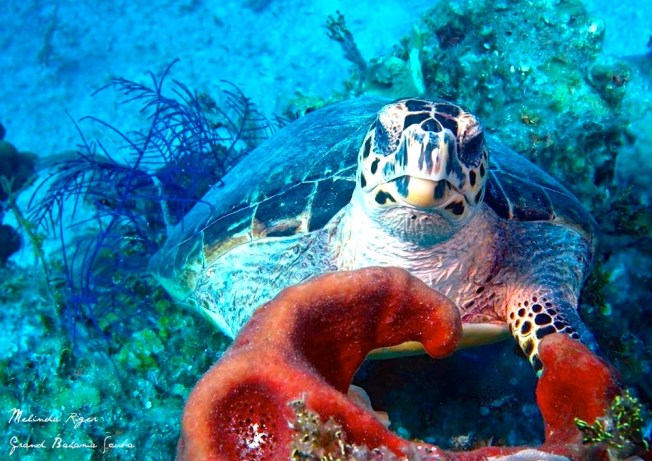













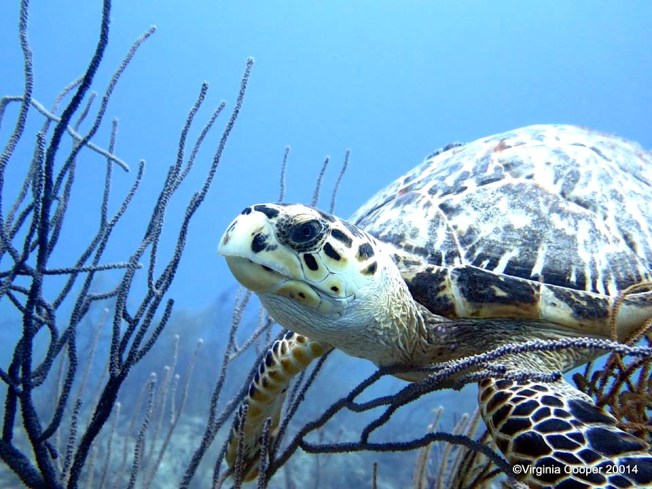
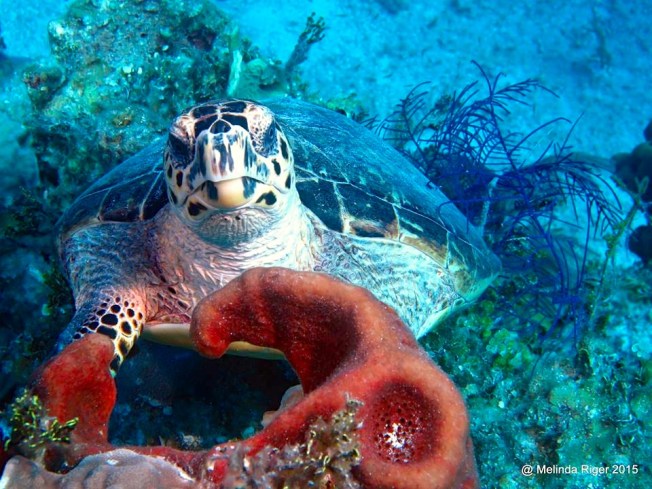














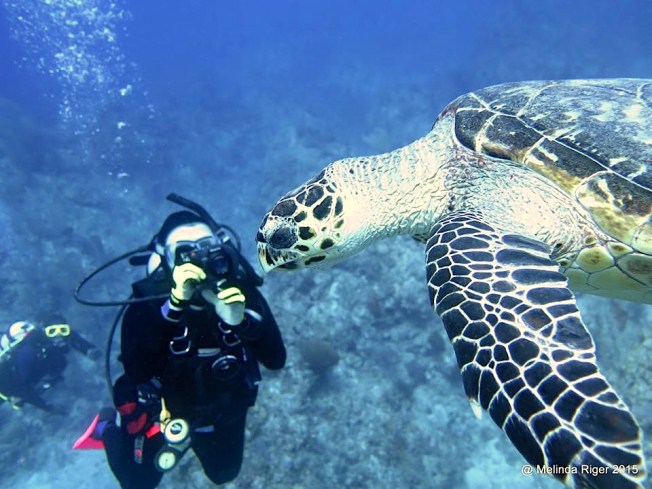



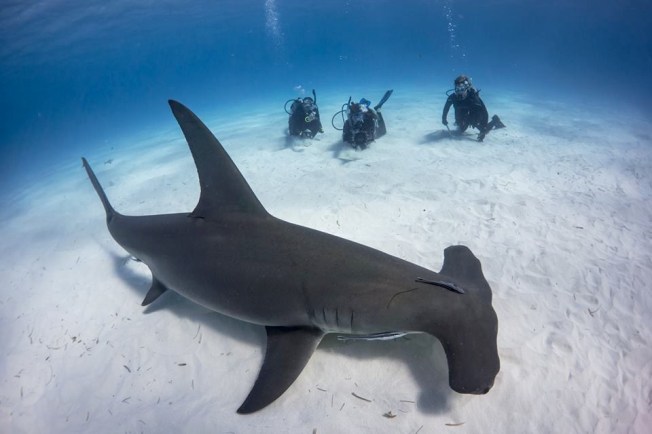
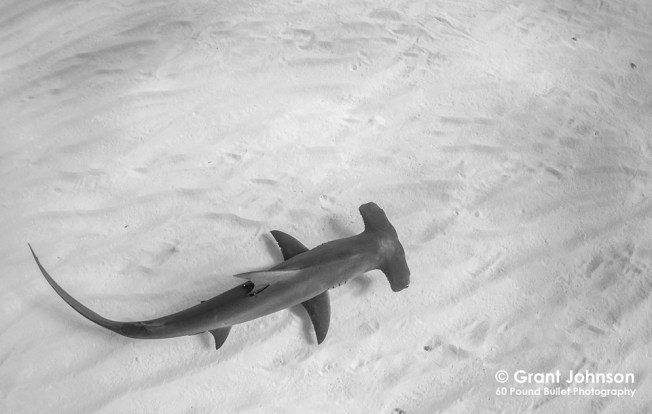



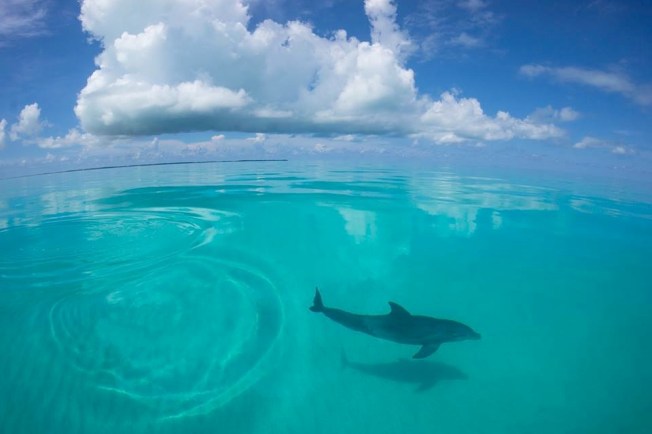
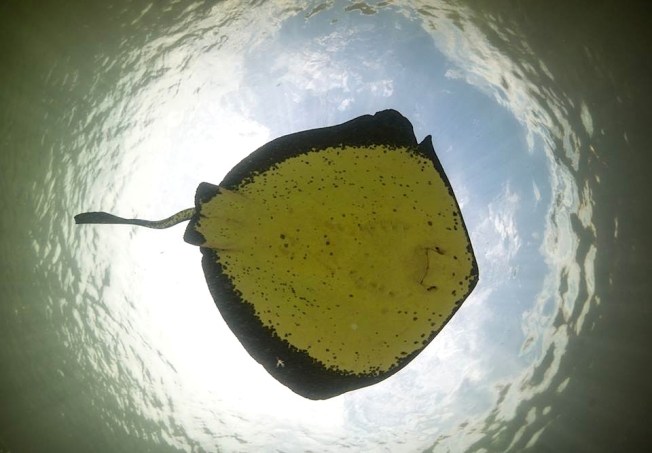



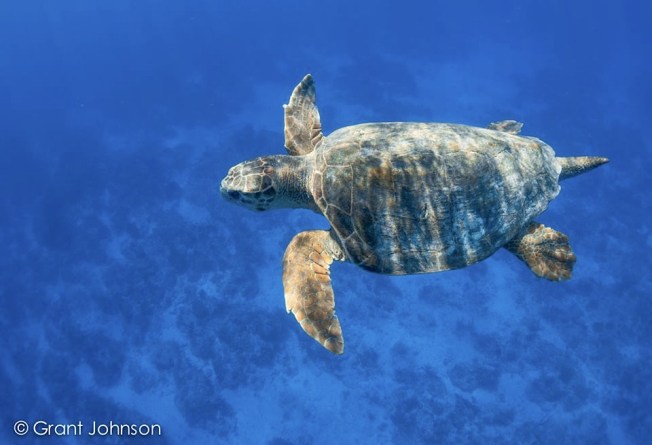


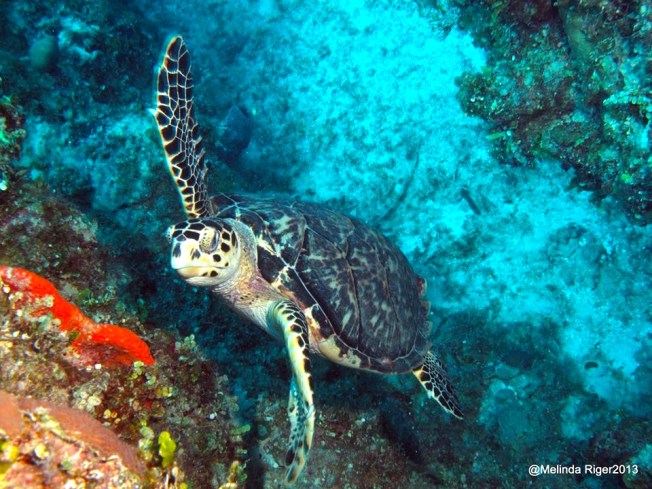


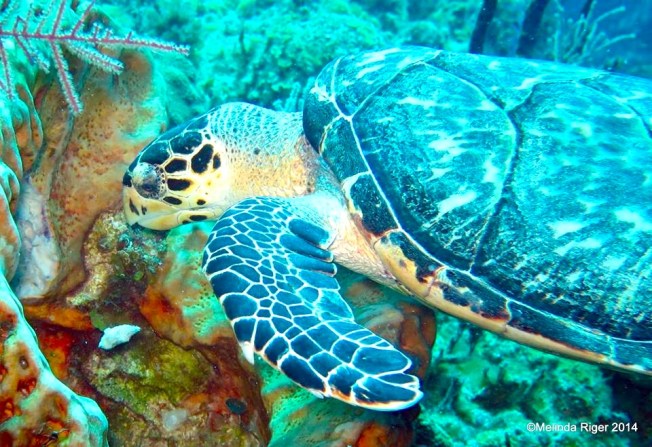


You must be logged in to post a comment.